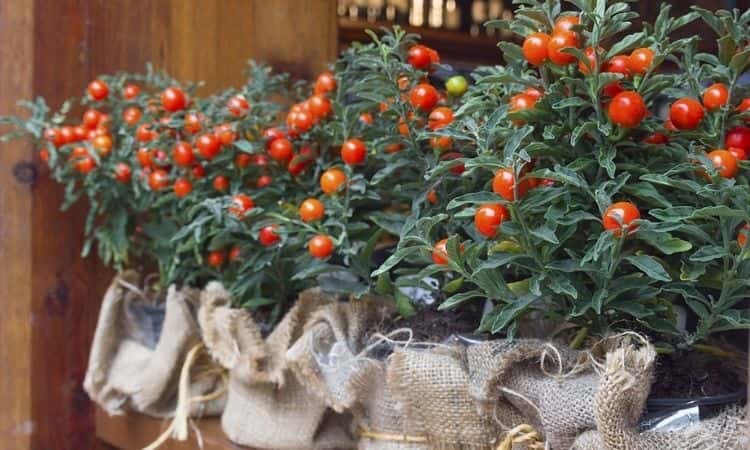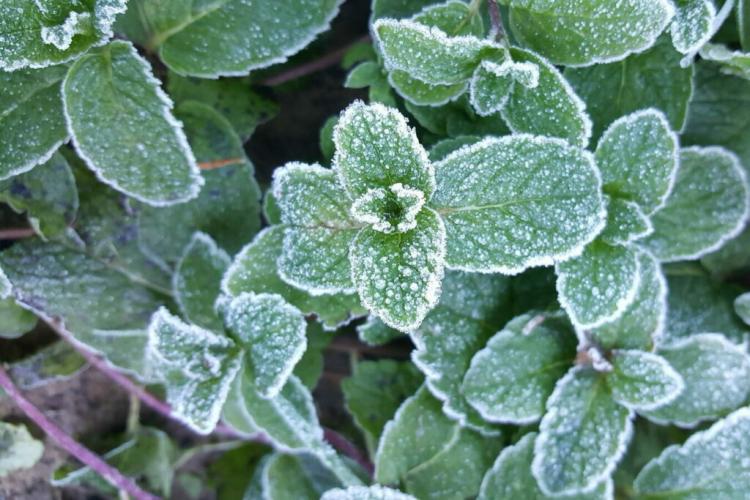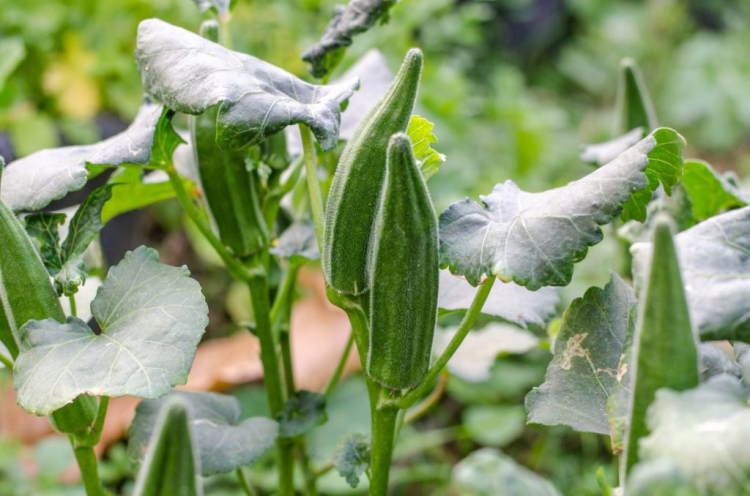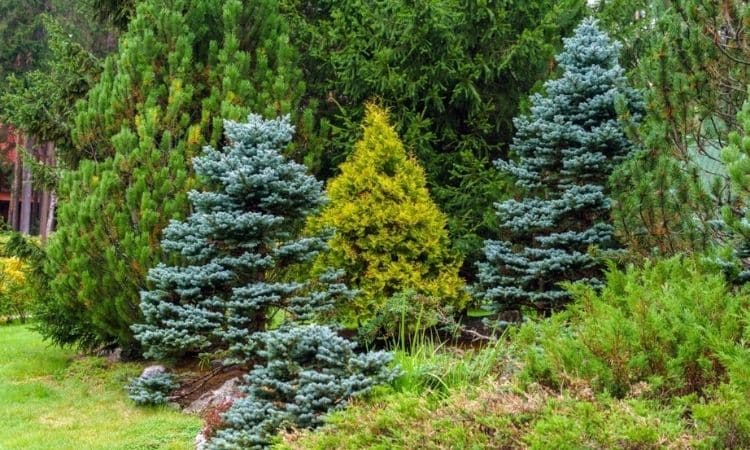What Is A Horseradish: A Portrait The Sharp Root
In different variations, horseradish brings spiciness into the kitchen. However, the cultivation of this plant has special characteristics. Horseradish ( Armoracia rusticana ) belongs to the cruciferous family ( Brassicaceae ). Of main interest is the long, thickened taproot – it is from here that the spiciness of the horseradish emanates. It is native to southern and eastern Europe.
In this country, however, it has been cultivated since the Middle Ages and can also be found in the overgrown form at the side of the road. The plant, which can grow to a meter tall, is very robust and can withstand frosty temperatures of up to -50 ° C. The above-ground parts of the plant dry up in winter, but the roots will always sprout again in the next spring. A special peculiarity of the horseradish is that it can hardly be reproduced by seeds, as only very few seeds are formed.
Grow horseradish yourself
Table of Contents
The right location for horseradish
The best place for the horseradish to be as bright as possible. It is more important, however, to make sure that the soil is loose and that there is good root penetration. A loamy sandy soil or loess, for example, has these properties. In this way, the root can develop well and achieve optimal growth in thickness. Horseradish is also very sensitive to salt. So salty soils should also be avoided. Since the horseradish develops a considerable taproot, it is not particularly suitable for growing in containers.
Propagate horseradish
Horseradish has very little seed formation. That is why it is not propagated via seeds, especially in commercial cultivation. And horseradish seeds are not available in specialist garden shops either, but young plants. The reproduction of horseradish takes place via side roots, also called fechser. When harvesting in autumn, the side shoots of the taproot are separated and initially stored in sandpits.
From the end of March, these will then be stuck in the ground. It is important to ensure that the Fechser is not inserted horizontally or completely vertically into the ground. If they are horizontal, they hardly gain any thickness; if they are vertical, almost all of the energy flows into the growth of the above-ground herb and hardly into that of the taproot.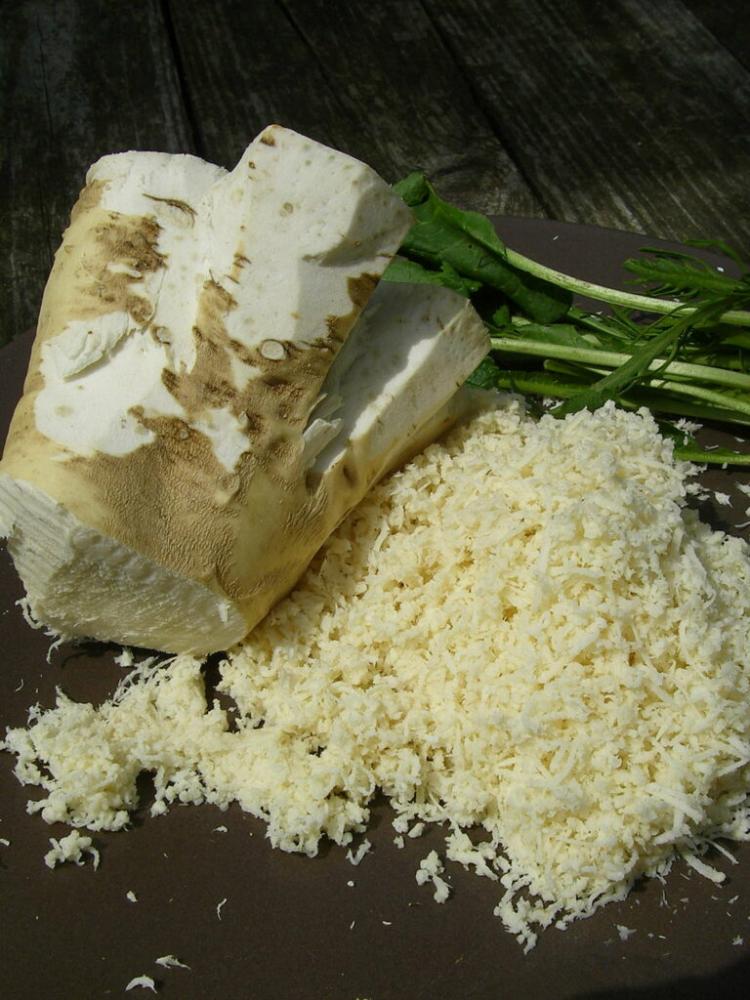
They sprout about a month after the side roots have been planted in the bed. The process can be speeded up by drifting the roots in a warm place for a few weeks. It is important to ensure that the Fechser is not completely covered with soil when planting. The top 3 cm of the offspring planted at an angle must be left free of soil.
Pour and fertilize horseradish
Abundant watering is required, especially during the growing season. The horseradish only grows optimally if there is constant moisture in the soil. So it can be that despite the cultivation in bed and depending on the type of soil, watering has to be done twice a week. The supply of sufficient nutrients can be ensured by incorporating organic materials such as manure or compost. This step should be done in autumn, as incorporating the organic material directly before planting is not conducive to the growth of the horseradish. Alternatively, you can also give a dose of mainly organic tomato fertilizer into the planting hole when planting.
Care for horseradish
To achieve a stronger growth of the taproot, the plant can be lifted in June to remove the side roots that are already developing. The hobby gardener should be aware, however, that removal leads to wounds at the root and thus increases the risk of infection with root diseases.
Horseradish varieties: the origin is decisive
There are no different types of horseradish per se. However, over decades and centuries, through targeted selection, a dependency of the properties on the cultivation area has developed. Depending on its origin, the horseradish can differ in smell, taste, and vigor from specimens from another growing area, for example.
Harvest and store horseradish
Harvest horseradish
The main interest in horseradish is, of course, the taproot. But young, budding shoots can also be harvested and used in spring. The roots, on the other hand, should only be harvested as soon as the leaves begin to wither in autumn. Then the root growth is complete. This point in time occurs around the end of October. The taproots can then be harvested completely and stored, or only a part can be removed from the ground.
Thanks to the pronounced winter hardiness, the plants can be left standing until next spring and harvested fresh as needed. If you are not yet satisfied with the size of the roots, you can leave the horseradish in the bed for a second year so that it sprouts again in spring.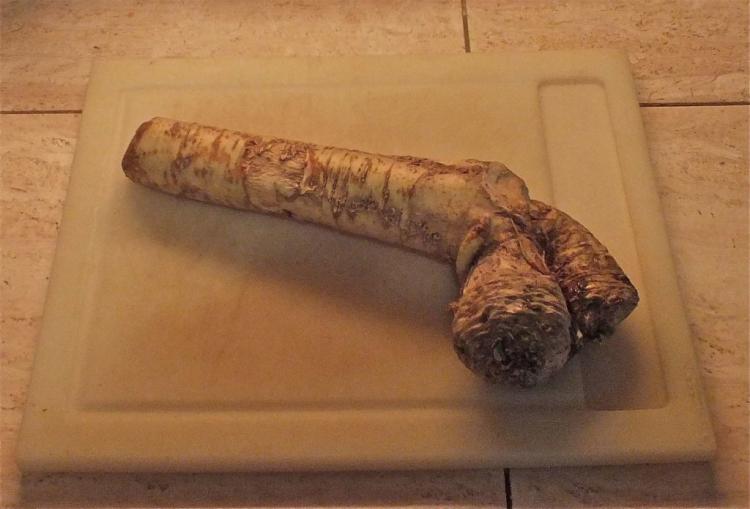
Store horseradish
A rather elaborate method, which came from the days before the refrigerator, to extend the usability of the horseradish, is storage in moist sand. The harvested tap roots are piled up in so-called piles outdoors and preserved by the moist sand and also protected from frost. Cooling the harvest is easier. Optimal temperatures are between -2 and -5 ° C. At even lower storage temperatures, the roots lose their consistency and strength. This means that the horseradish can be used for several months, but it must lose its characteristic sharpness the longer it is stored. Also due to the loss of taste and sharpness, horseradish cannot be dried.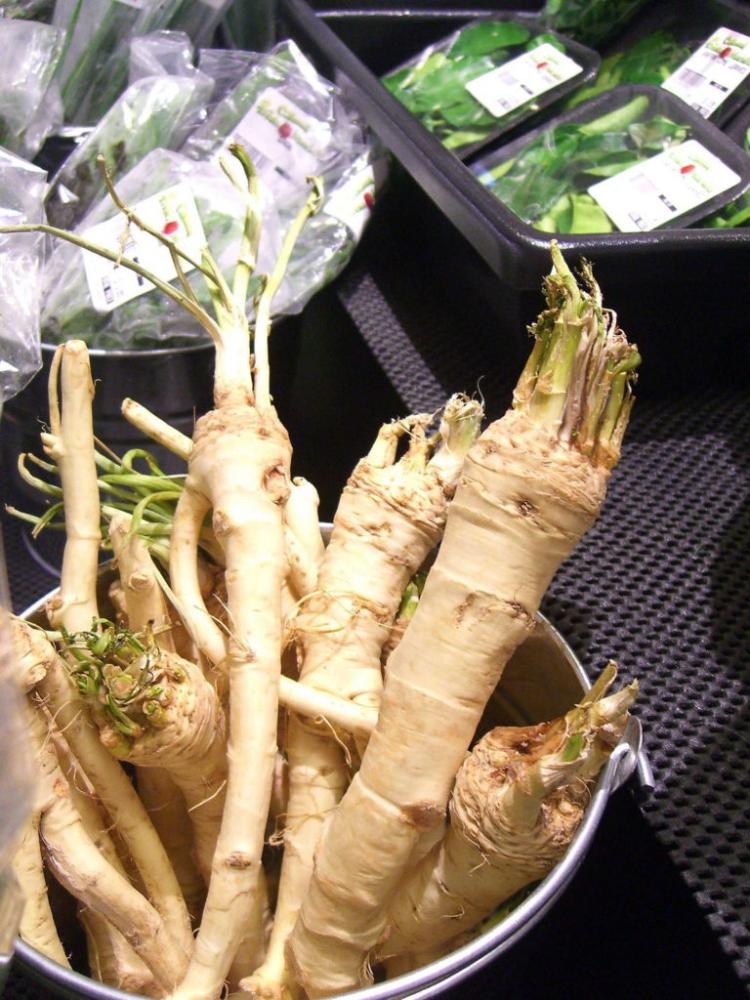
Horseradish: use in the kitchen and as a medicinal plant
Horseradish only develops its pungent smell and taste when it is cut up or ground up. In the kitchen, the taproot should only be processed fresh and not boiled. Cooking or roasting loses its taste and spiciness. A classic form of preparation is pounding and processing with vinegar. This paste is often served with fish dishes or hearty meat dishes such as sour meat. There are various combinations of flavors in the form of creamy horseradish. Lingonberry cream horseradish, for example, is often eaten with the game.
If you decide in June to remove the lateral roots to increase thickness, you can make tea from them. Thanks to its high vitamin C content, horseradish is said to strengthen the immune system. In addition, its antimicrobial effect has been proven. In addition to its healing properties when consumed, horseradish was said to have healing properties in the Middle Ages when it was worn in the form of a chain around the neck.
In addition to the sharp root, however, the above-ground shoots of horseradish can also be used in the kitchen. Seared briefly, the young shoots are great as a snack in between in spring. With the Japanese wasabi ( Eutrema japonicum ) – also called Japanese horseradish – the horseradish is not closely related, but they are used very similarly. Distinguishing features: Wasabi is a lot hotter and green. Due to the much higher price for real wasabi, the greenish wasabi paste, which is known from Japanese cuisine, usually contains a high proportion of the cheaper horseradish.
